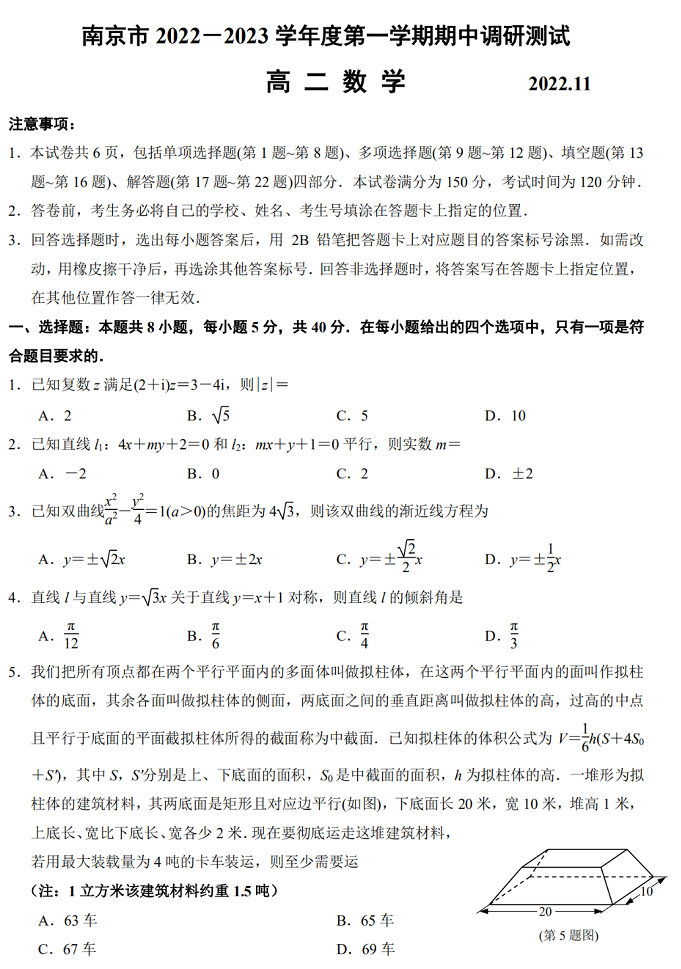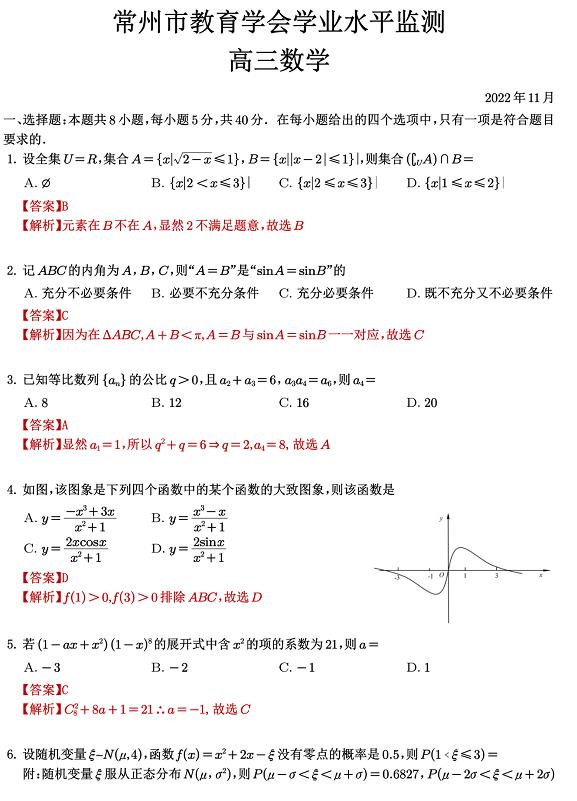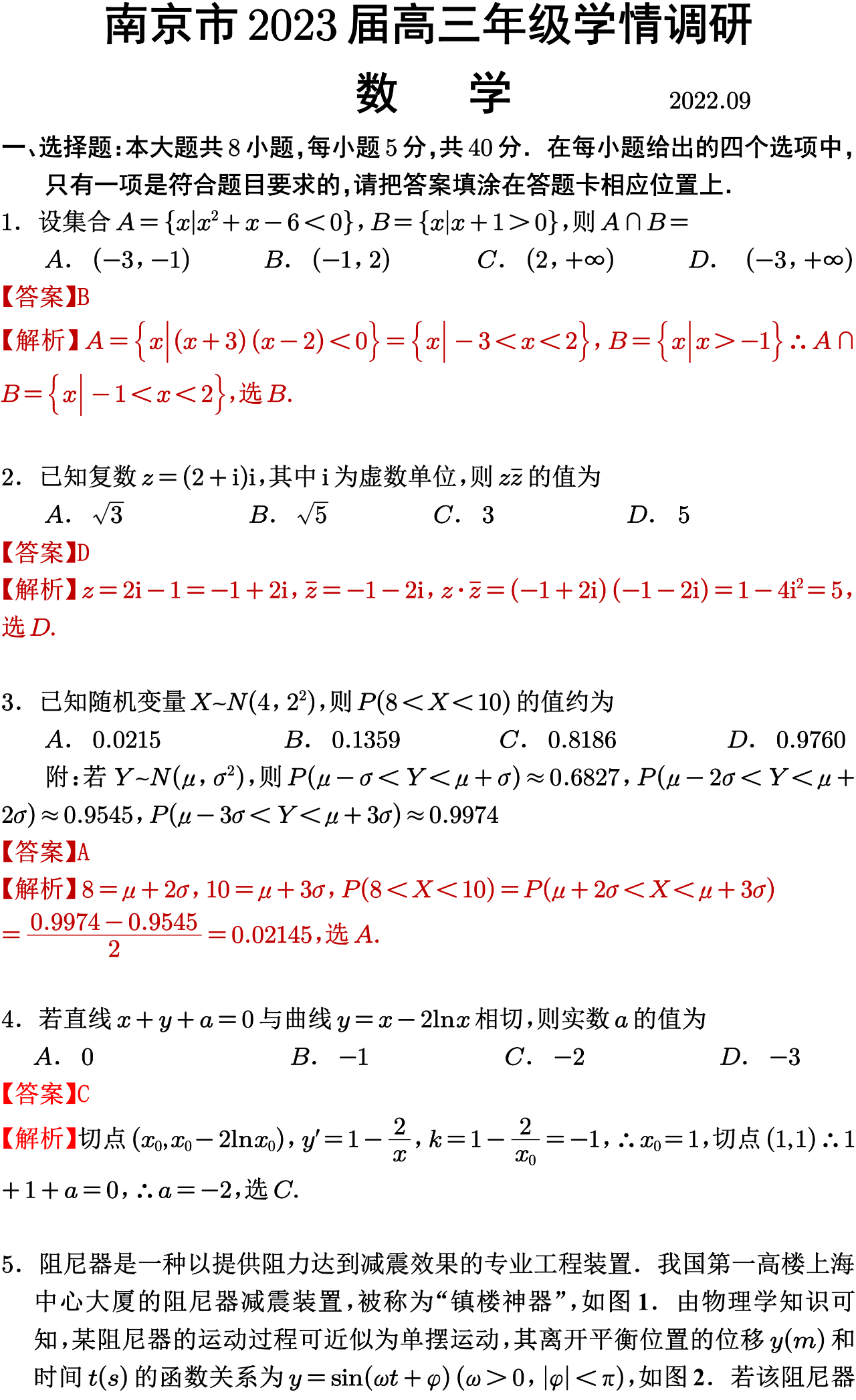小学英语肯定句和否定句用法解析及注意事项,学好英语要知道
小学
来源:网络
编辑:楠哥
2017-10-28 11:45:13
小学辅导小编把小学英语肯定句和否定句用法解析及注意事项为小学的学生整理出来,咱家孩子英语不好的要让孩子学习,获取更多的学习资料可以在秦学云试题库重中下载。

1、肯定句: 是指用肯定的语气来陈述的句子,如:
I’m a student. She is a doctor. He works in a hospital. There are four fans in our classroom..
2、否定句: 含有否定词或表示否定意义词的句子,如:
I’m not a student. She is not (isn’t) a doctor. He does not (doesn’t) work in a hospital. There are not (aren’t) four fans in our classroom.
注意小结: 否定句主要是在肯定句的基础上加上了否定词 “not”。
有动词be的句子则“not”加在be后面,可缩写成“isn’t,aren’t”,但am not一般都分开写。
没有动词be的句子则要先在主要动词的前面加上一个助动词(do,does,did),然后在它后面加上“not”,你也可以把它们缩写在一起如“don’t ,doesn’t , didn’t )。
这三个助动词要根据人称和时态来选择,其中“does”只用于一般现在时主语是第三人称单数的情况,而“did”只用于一般过去时,不论主语是什么人称和数,都用“did” 。
*本文内容来源于网络,由秦学教育整理编辑发布,如有侵权请联系客服删除!
上一篇:六年级数学百分数应用题大全(含答案),数学考全靠它
下一篇:不知道小学一年级到六年级该怎么学习?那就收下这份较实用的攻略
- 热门课程
- 热门资讯
- 热门资料
- 热门福利
-
 艺考文化课基础差报名博大教育推荐吗?怎么收费?艺考文化课一直是艺考生的噩梦,艺考专业课结束之后很多艺考生都要在有限的时间里抓紧时间学习高中三年的知识,如果想取得高分可以说是相对比较难的,很多家长最近在了解博大教育艺考文化课,小编今天就来说上一说!
艺考文化课基础差报名博大教育推荐吗?怎么收费?艺考文化课一直是艺考生的噩梦,艺考专业课结束之后很多艺考生都要在有限的时间里抓紧时间学习高中三年的知识,如果想取得高分可以说是相对比较难的,很多家长最近在了解博大教育艺考文化课,小编今天就来说上一说! -
 初中语文期末作文怎么复习?看这篇就行!初中生写作文的时候经常会面临一些问题,就比如说没有文化积累,脑子里也没有素材,学习到新知识的时候不懂得记录,所以写作文的时候都是一篇大白话,每次只能拿到一半分数。本期小编就来为大家排忧解难,解决这个问题!
初中语文期末作文怎么复习?看这篇就行!初中生写作文的时候经常会面临一些问题,就比如说没有文化积累,脑子里也没有素材,学习到新知识的时候不懂得记录,所以写作文的时候都是一篇大白话,每次只能拿到一半分数。本期小编就来为大家排忧解难,解决这个问题! -
 单招集训小班有用吗?适合基础差的孩子吗?单招集训小班最近有很多家长都在给孩子咨询,因为孩子的考试成绩总是卡在300分上下,家长想着如果走全日制补习学校的话可能没多大效果,考上本科的概率实在有点小,也不想让孩子浪费一年时间去补习,最后都会选择走单招,那么走单招报小班真的有用吗?本期小编就为家长们解答这个问题!
单招集训小班有用吗?适合基础差的孩子吗?单招集训小班最近有很多家长都在给孩子咨询,因为孩子的考试成绩总是卡在300分上下,家长想着如果走全日制补习学校的话可能没多大效果,考上本科的概率实在有点小,也不想让孩子浪费一年时间去补习,最后都会选择走单招,那么走单招报小班真的有用吗?本期小编就为家长们解答这个问题! -
 渭南高三娃想找全日制,推荐秦学伊顿吗?高三全日制补习学校应该怎么找?最近很多家长都在问我这个问题,其实小编还是觉得一定要看这几个要素,一是师资力量,二是管理模式,三是教学水平,这三个都在上游评价的学校肯定是错不了的,本期咱们就来了解一下秦学伊顿补习学校把!
渭南高三娃想找全日制,推荐秦学伊顿吗?高三全日制补习学校应该怎么找?最近很多家长都在问我这个问题,其实小编还是觉得一定要看这几个要素,一是师资力量,二是管理模式,三是教学水平,这三个都在上游评价的学校肯定是错不了的,本期咱们就来了解一下秦学伊顿补习学校把!
-
 南京市2022-2023年高二上学期期中考试数学试卷含答案南京市高二学生进行了2022-2023年第一学期中考试,小编整理到了这次考试的数学试卷及答案,在这篇文章里面分享给同学们。咱们高二学生或者是江苏其他城市的高二学生们也可以看一看、做一做,对自己的知识进行一个复习,对自己做一个检测。 南京市2022-2023年高二上学期期中考试数学试卷
南京市2022-2023年高二上学期期中考试数学试卷含答案南京市高二学生进行了2022-2023年第一学期中考试,小编整理到了这次考试的数学试卷及答案,在这篇文章里面分享给同学们。咱们高二学生或者是江苏其他城市的高二学生们也可以看一看、做一做,对自己的知识进行一个复习,对自己做一个检测。 南京市2022-2023年高二上学期期中考试数学试卷 -
 江苏省连云港市2022-2023年上学期高三期中考试数学试卷及答案近日江苏的很多城市的高三学校都进行了2022-2023年上学期期中考试,主要是对高三学生从开学到现在这么长时间学习情况的一个调查。下面是江苏省连云港市2022-2023年上学期高三期中考试数学试卷及答案,伊顿教育小编整理出来跟大家进行分享。 江苏省连云港市2022-2023年上学期高三
江苏省连云港市2022-2023年上学期高三期中考试数学试卷及答案近日江苏的很多城市的高三学校都进行了2022-2023年上学期期中考试,主要是对高三学生从开学到现在这么长时间学习情况的一个调查。下面是江苏省连云港市2022-2023年上学期高三期中考试数学试卷及答案,伊顿教育小编整理出来跟大家进行分享。 江苏省连云港市2022-2023年上学期高三 -
 常州市2023届高三期中联考数学试卷及答案解析近期江苏省一些城市的高三学生们已经开始了期中考试,下面是小编整理的常州市2023届高三期中联考数学试卷及答案解析,虽然考试已经考完了,但是你们还是可以看再看一下的。另外咱们江苏其他城市的高三学生们也可以做一下常州市今年高三期中联考的数学试卷,看看自己得多少分。 常州市2023届高三期中
常州市2023届高三期中联考数学试卷及答案解析近期江苏省一些城市的高三学生们已经开始了期中考试,下面是小编整理的常州市2023届高三期中联考数学试卷及答案解析,虽然考试已经考完了,但是你们还是可以看再看一下的。另外咱们江苏其他城市的高三学生们也可以做一下常州市今年高三期中联考的数学试卷,看看自己得多少分。 常州市2023届高三期中 -
 2023南京高三零模 南京市2023届高三零模数学试卷及答案解析随着高三开学,南京市迎来了高三零模考试,正式进入高三的模考,这次零模考试不知道广大高三学子们考的怎么样呢?以下是小编为大家整理的2023届南京市高三零模考试的数学试卷及答案解析,欢迎大家来查漏补缺。 2023南京高三零模 南京市2023届高三零模数学试卷及答案解析
2023南京高三零模 南京市2023届高三零模数学试卷及答案解析随着高三开学,南京市迎来了高三零模考试,正式进入高三的模考,这次零模考试不知道广大高三学子们考的怎么样呢?以下是小编为大家整理的2023届南京市高三零模考试的数学试卷及答案解析,欢迎大家来查漏补缺。 2023南京高三零模 南京市2023届高三零模数学试卷及答案解析
亲爱的家长(学生)您好:


















 All right reserved
All right reserved
